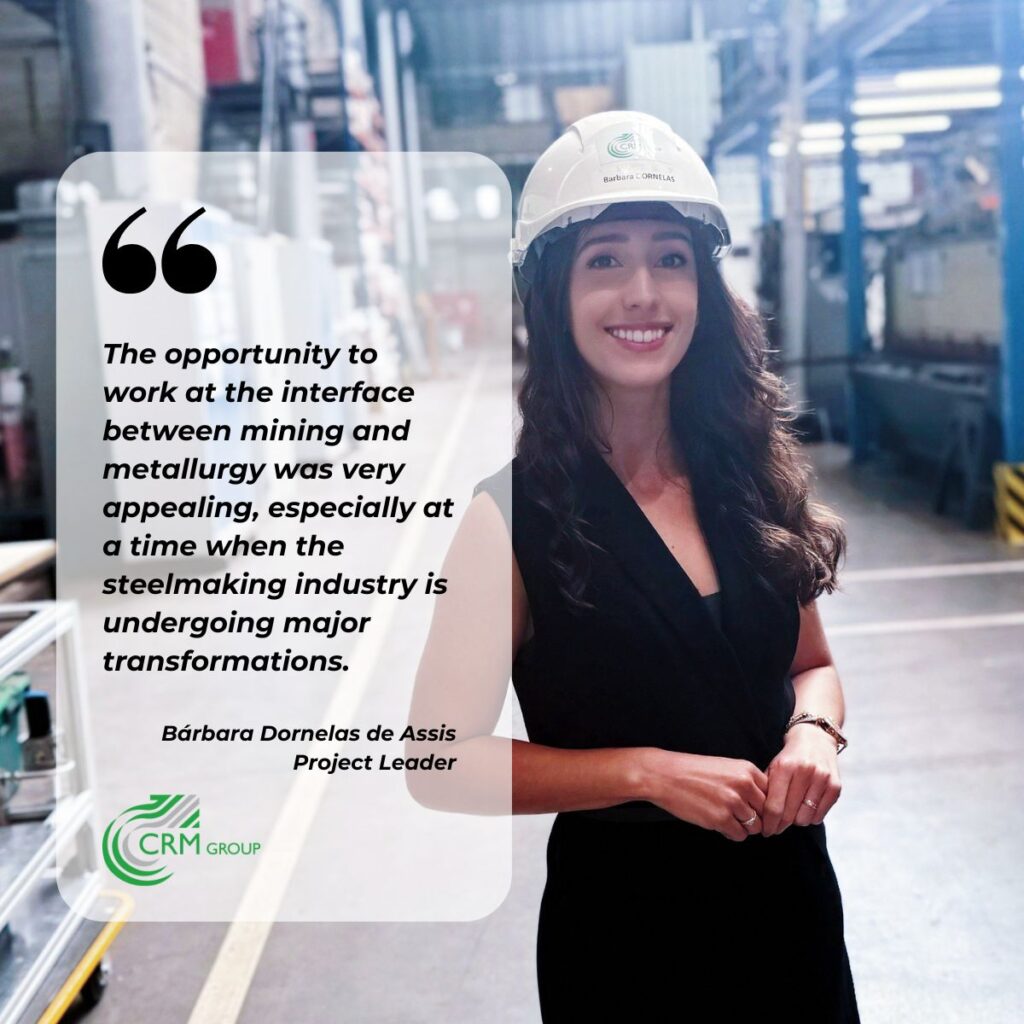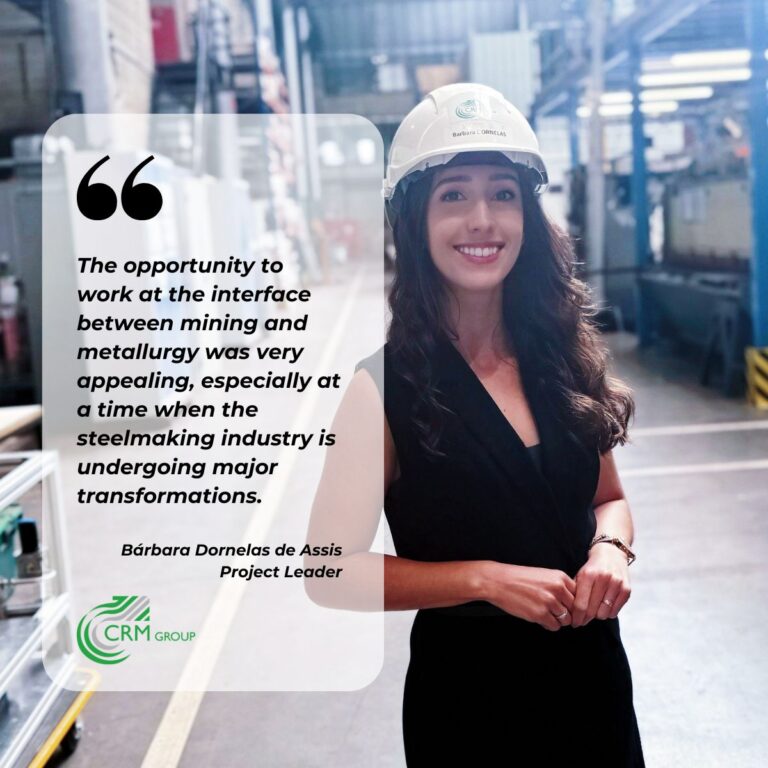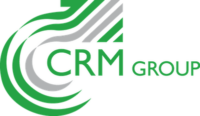Meet Our Experts: Bárbara Dornelas de Assis

At CRM Group, innovation is driven by people. Behind every breakthrough lies the expertise and passion of our teams. In this interview, we meet Bárbara , one of our dedicated experts, who shares his insights into metallurgy and gives us a closer look at the challenges, ambitions, and technologies shaping his work.
First, can you introduce yourself, tell us how long you’ve been working at CRM Group, your career and explain your current role?
I’m Bárbara Dornelas de Assis, from Brazil, and I have been working at CRM Group since 2021. I first joined as an intern engineer to complete my Erasmus Mundus Master’s in Resources Engineering (Emerald program). My thesis focused on characterizing sinter mineralogy through optical image analysis, with a particular emphasis on automatically distinguishing and quantifying primary and secondary hematite.
I hold a degree in Mining Engineering from the Federal University of Ouro Preto in Brazil. While sintering was not initially my main area of expertise compared to others, such as ore processing, the opportunity to work at the interface between mining and metallurgy was very appealing, especially at a time when the steelmaking industry is undergoing major transformations. Thanks to a combination of an engaging research topic, my dedication, and the support of colleagues, I was able to deliver strong results during my internship, which led to my recruitment by the same department, Metal Production and Recycling, after completing my master’s degree.
Today, as a project leader, I contribute to various research topics within this field. My role is to support iron and steelmaking industries in developing solutions and improvements that help them remain globally competitive while moving towards climate neutrality, significantly reducing their carbon footprint.
Your current work covers a number of fields, but let's focus a little on steelmaking, which is a rather historical area within the CRM Group. Can you tell us more about it? About projects, expertise or equipment?
At the beginning of my career at CRM Group, I took over the leadership of ongoing projects. One of them was the RFCS project SinByOSe, launched two years earlier, which focused on sintering with a high by-product recycling rate and the optimization of key process indicators through selective preparation of those secondary materials. Although the project formally ended in 2023, its outcomes continue to generate impact, as we are now applying the findings to optimize by-product recycling in a sintering plant of ArcelorMittal France.
Another important area of my work is the “Zero Emissions Sintering” topic, which is part of the RFCS project TRANSinter, coordinated by one of my colleagues. Within this framework, an improved sintering plant layout, integrated into our sintering model, enables sensitivity studies on parameters of high industrial relevance, directly influencing productivity as well as pollutant emissions.
In parallel, I lead activities on the technical characterization of agglomerates such as sinter, pellets, and briquettes, assessing their quality in terms of mechanical strength and metallurgical behaviour. More recently, I have been extending this expertise to DRI (Direct Reduced Iron), an area that is becoming increasingly important in the context of low-carbon ironmaking, with a particular focus on evaluating metallization degree through optical image analysis.
You just mentioned the importance of the Direct Reduced Iron topic on the current days. Can you tell us more?
Direct Reduced Iron (DRI) is the product of an alternative to the traditional blast furnace route. By eliminating the need for coke and producing a material that can be melted in an electric arc furnace, DRI enables a substantial reduction in CO₂ emissions, potentially preventing millions of tons from being released into the atmosphere.
My involvement with DRI focuses on its detailed characterization, both quantitative and qualitative. This includes studying its macrostructure, porosity, reduction profile, metallization degree, and other physical properties. In parallel, I investigate how process parameters, such as gas composition and pressure, influence these characteristics. This work provides valuable insights into optimizing DRI quality and performance, supporting its growing role in the transition towards low-carbon steelmaking.
Lastly, what advice would you give to a young student entering this field today ?
My advice would be to seize every opportunity to experience in real life the knowledge acquired at university, whether by getting hands-on involvement or even by carefully observing. Young engineers often see processes and concepts in an academic fashion, which is completely natural. However, when it comes to developing industrial solutions, it is essential to also consider technical and economic feasibility, including aspects such as upscaling, logistics, resource availability, safety, and environmental impact, factors that are not always obvious right after leaving the classroom.
Stay curious and keep up to date with innovative topics, but never forget to build a strong foundation in the basics and in the classical process chains on which the iron and steelmaking industry still relies. And most important, be patient with yourself!

